
THE CELLULAR BATTLEFIELD
What Happens in Your Body During Autoimmune Disease

What Happens in Your Body During Autoimmune Disease
Your immune system is a sophisticated defense network of cells, proteins, and organs working in harmony to protect you. But in autoimmune disease, this guardian becomes confused and launches attacks against your own healthy tissue.
Immune cells in your body
Known autoimmune diseases
Constant immune surveillance
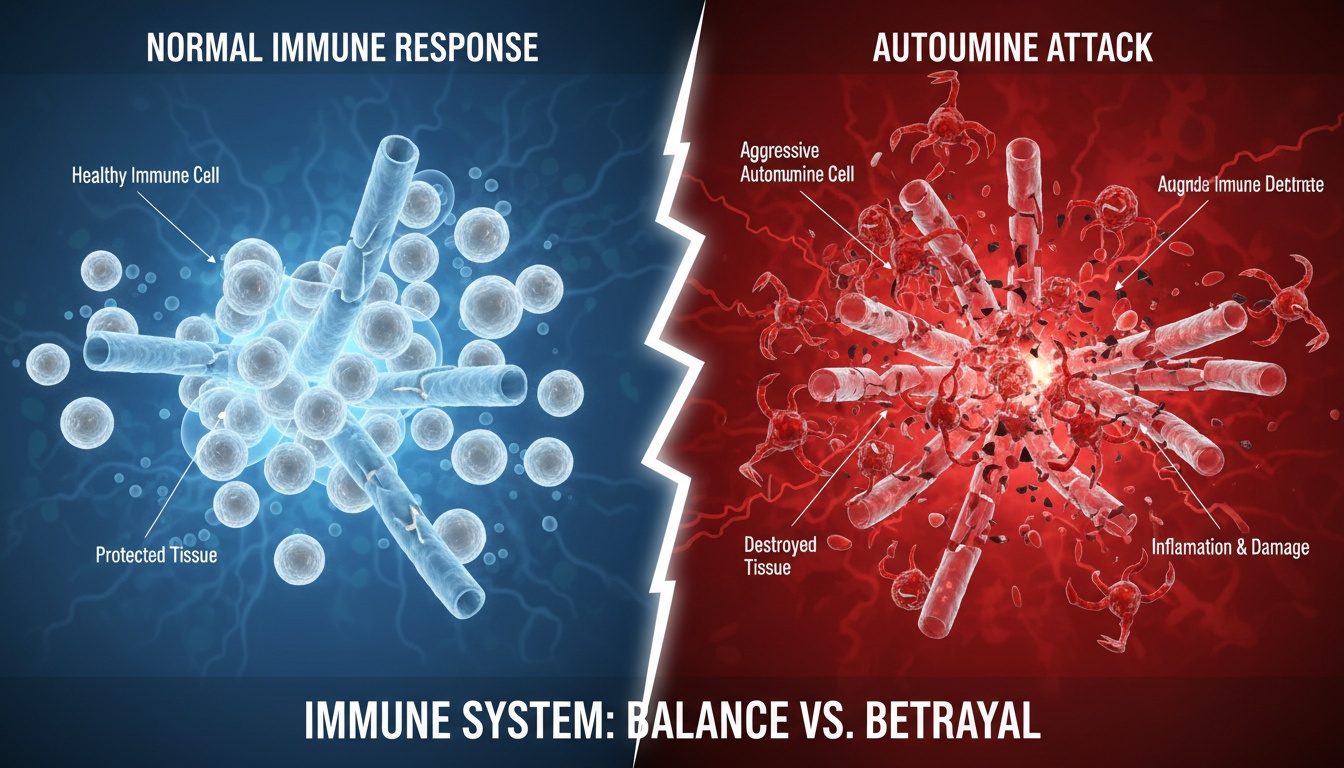
Click the cell to trigger immune response
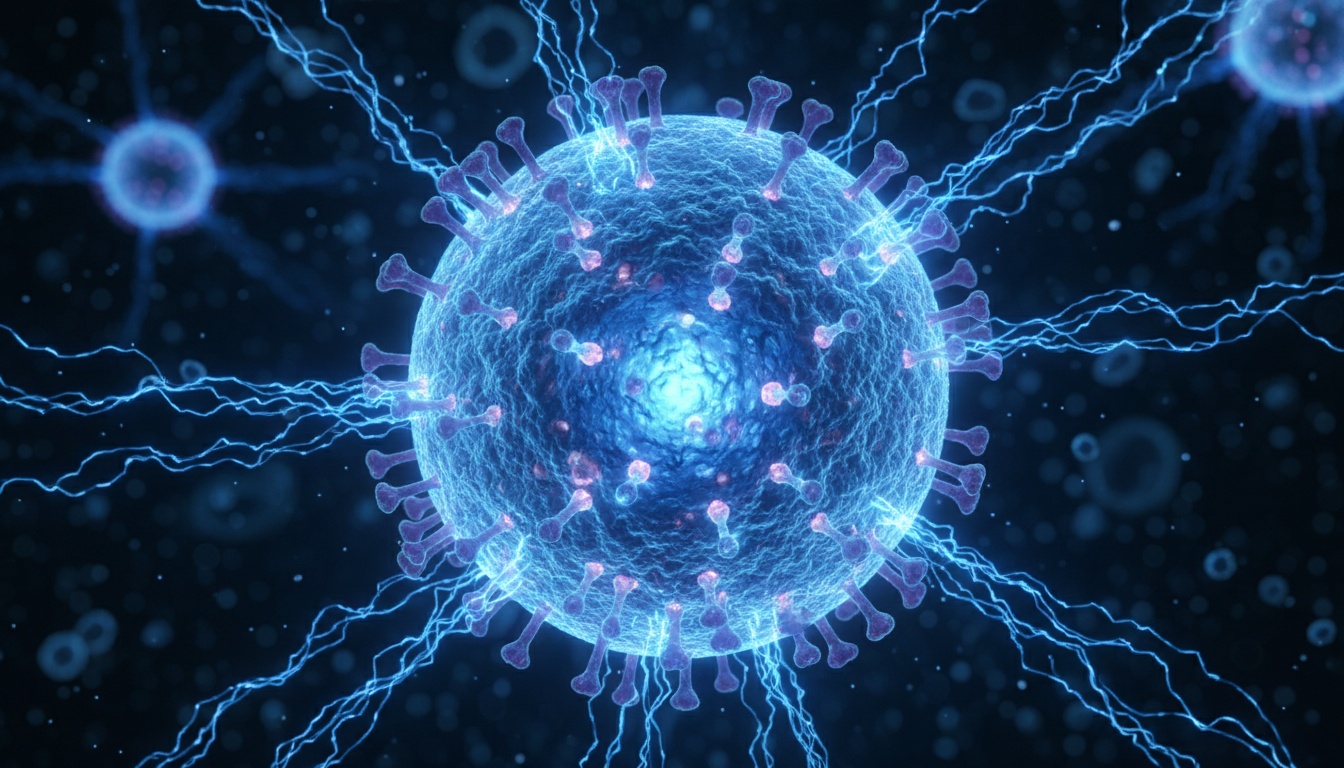
T-cells scan for foreign antigens presented by other cells
Upon recognition, T-cells become activated and multiply rapidly
Activated T-cells release cytotoxic molecules to destroy targets
Dendritic cells display antigens on MHC complexes
T-cell receptors bind to MHC-antigen complex
Additional signals confirm activation
Activated T-cells divide and multiply
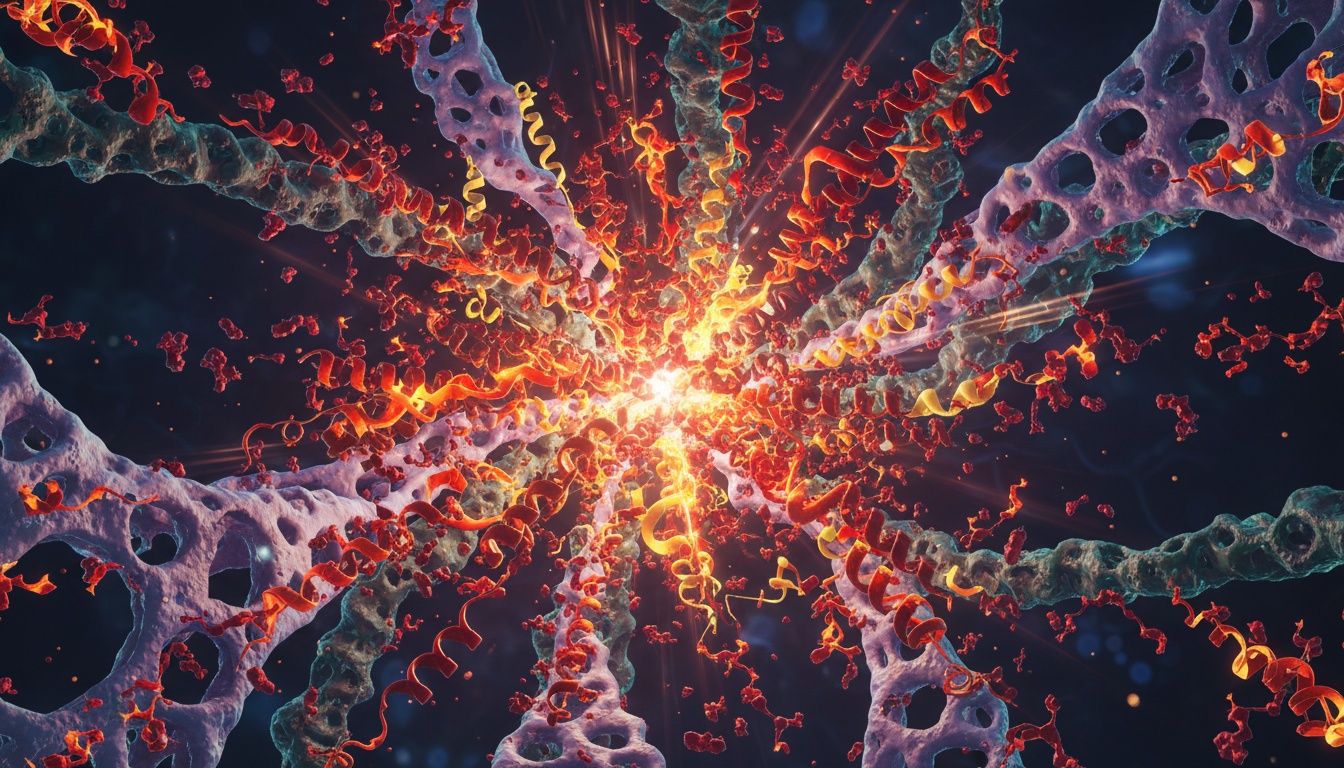
Cytokines are molecular messengers that coordinate immune responses. In autoimmune disease, excessive cytokine release creates a self-perpetuating cycle of inflammation—a molecular storm.

Immune cells detect "threat" and release first wave of cytokines
Cytokines trigger more immune cells to release additional cytokines
Excessive inflammation damages healthy tissue and organs

Normally, B-cells produce antibodies that target foreign invaders. In autoimmune disease, they create autoantibodies—Y-shaped proteins that attach to and mark your own cells for destruction.
Target cell nuclei in lupus and scleroderma
Attack joint tissue in rheumatoid arthritis
Target thyroid gland in Hashimoto's disease


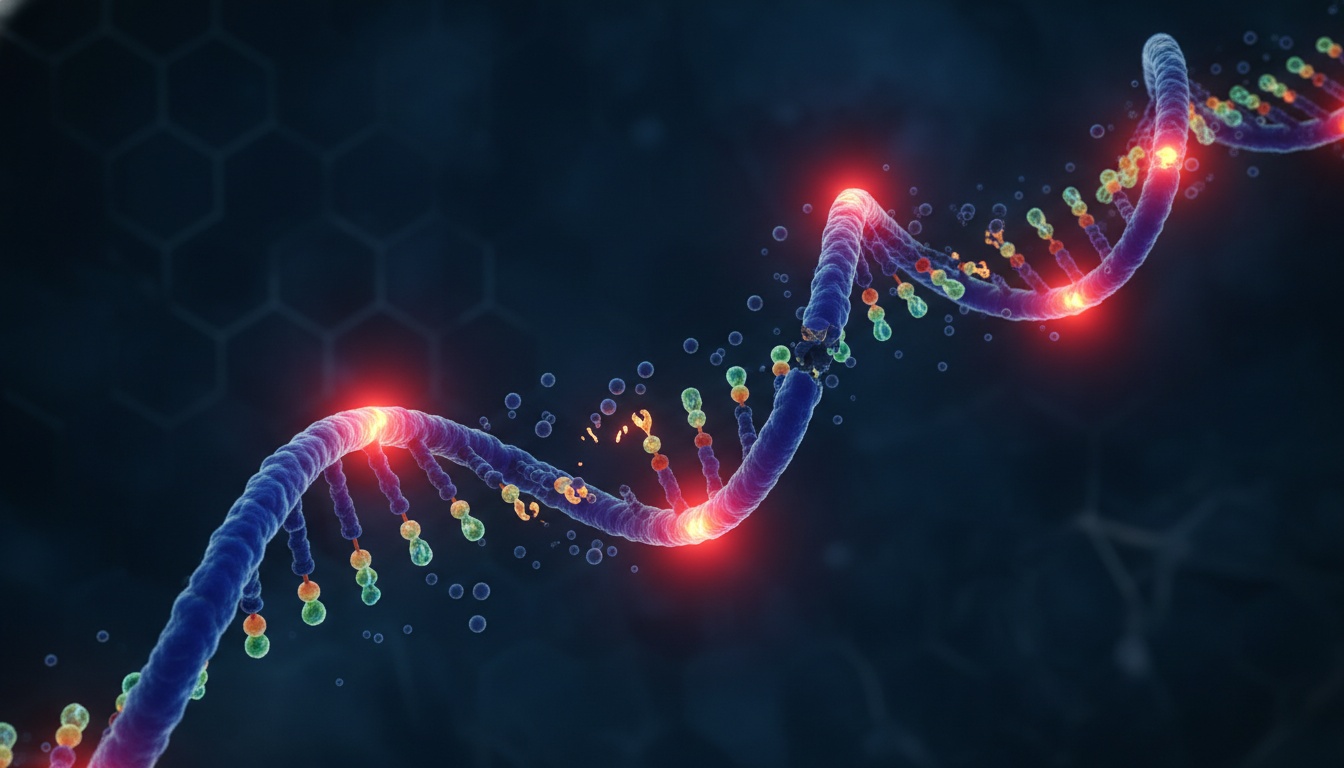
Autoimmune diseases have strong genetic components. Specific gene variants in your DNA increase susceptibility, though environmental triggers are often needed to activate disease.

Human Leukocyte Antigen genes control immune recognition. Certain HLA variants dramatically increase autoimmune risk.
40% of genetic risk
Regulates T-cell activation. Mutations lead to overactive immune responses.
25% of genetic risk
Hundreds of other genes contribute smaller individual effects that add up.
35% of genetic risk
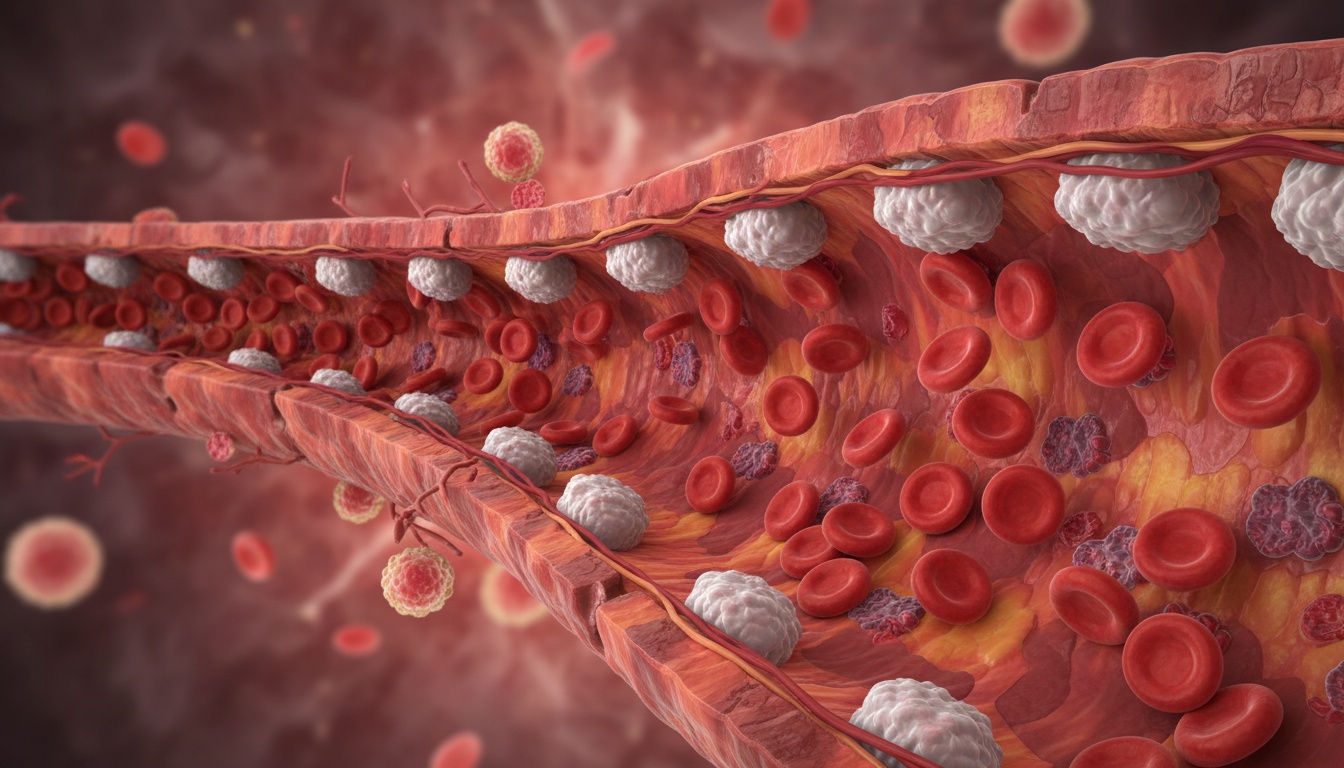

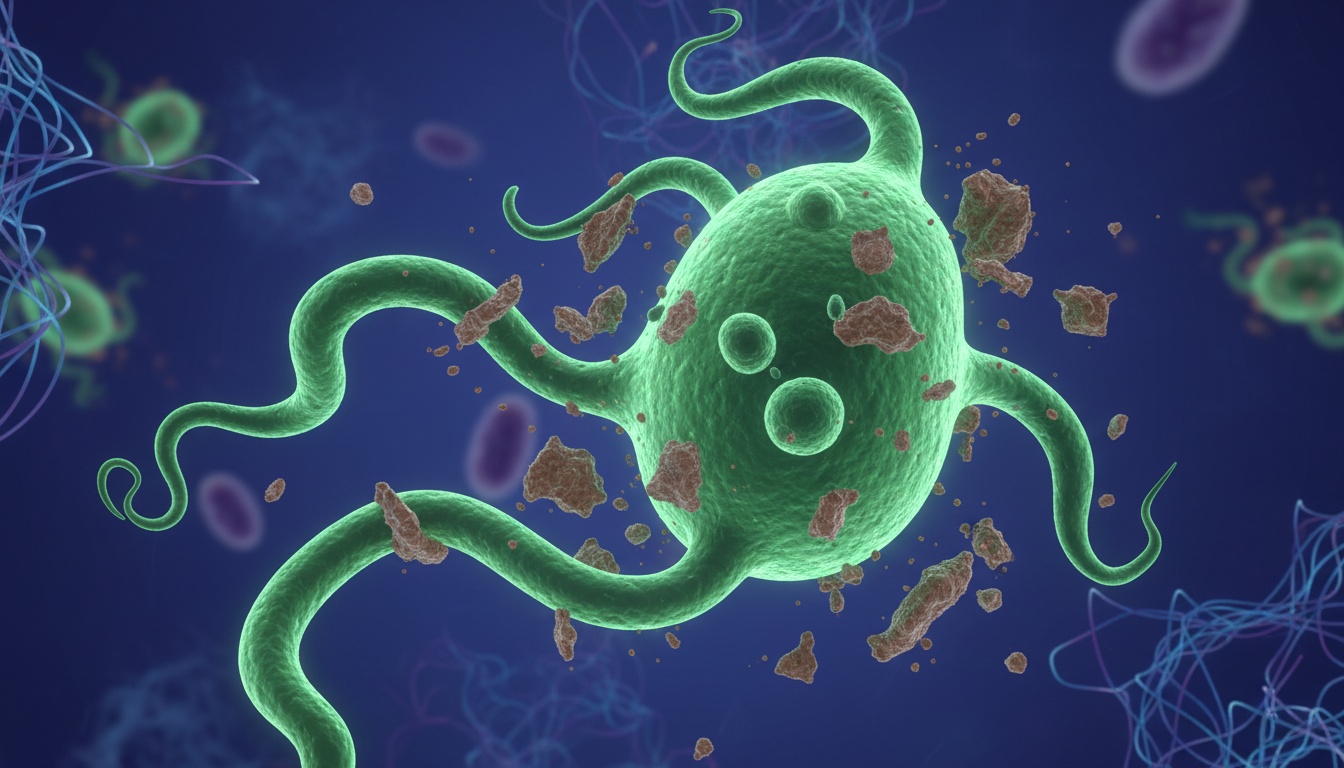
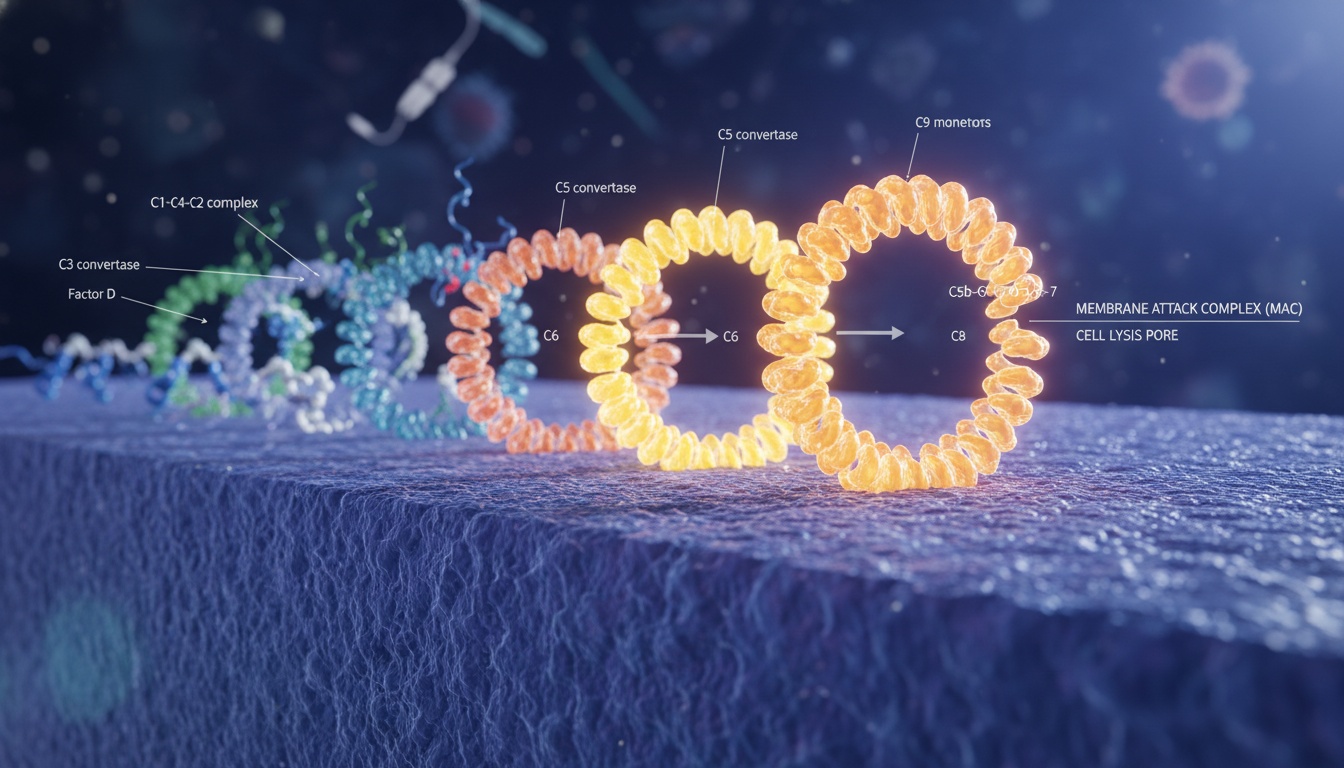
Calor
Rubor
Tumor
Dolor
Functio Laesa
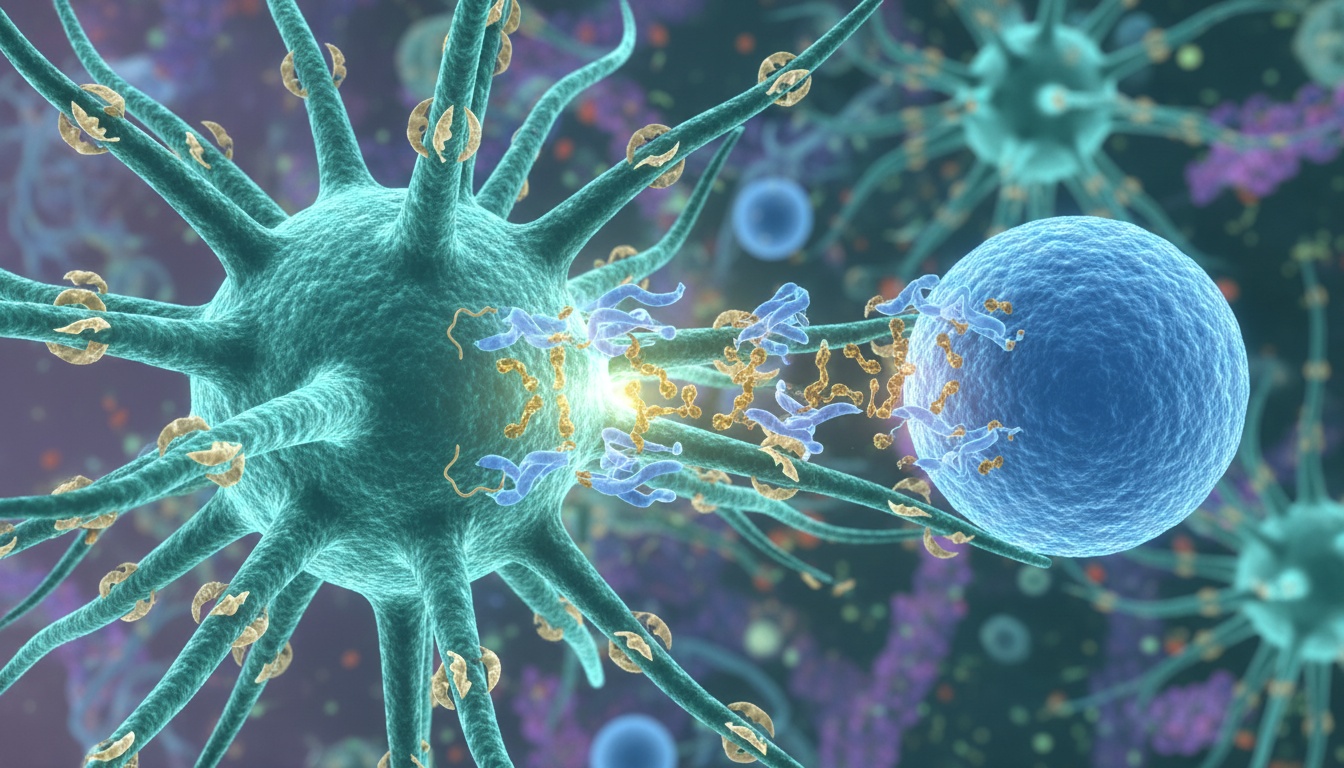

Dendritic cells act as the immune system's sentinels. They capture potential threats, process them, and present fragments on their surface using MHC molecules. This interface is where T-cells "read" what's happening in the body.
Dendritic cells constantly sample their environment
Proteins are broken down into small peptides
Peptides are loaded onto MHC molecules and displayed
T-cells scan and bind to MHC-peptide complexes
Foreign antigens resemble self-antigens, confusing the immune system into attacking both.
Mechanisms that normally prevent self-recognition fail, allowing autoreactive cells to survive.
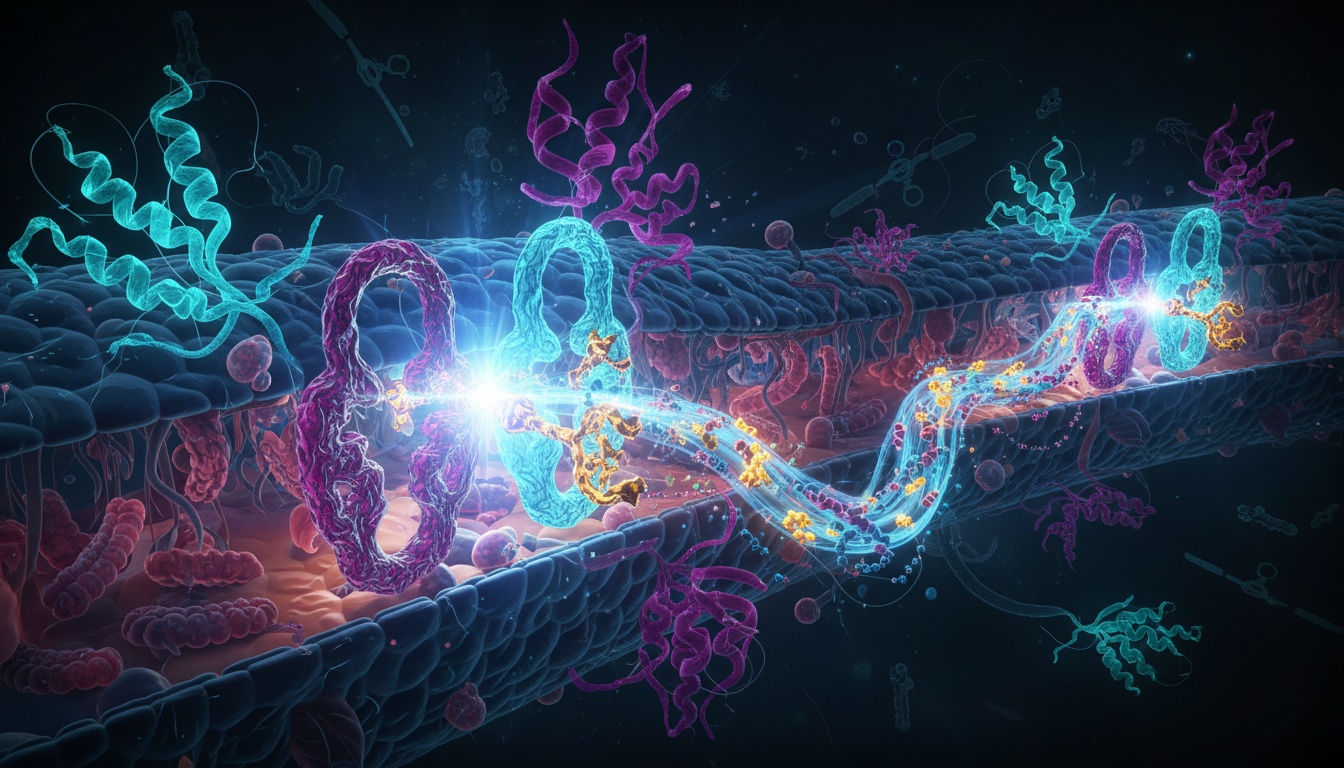
When receptors on cell surfaces bind to signaling molecules, they trigger cascading chains of chemical reactions inside the cell—like dominos falling. These pathways activate genes, produce proteins, and change cell behavior.

Signaling molecule (cytokine, hormone) binds to receptor protein on cell surface
Receptor changes shape, activating proteins inside the cell membrane
Chain reaction of protein activations spreads the signal throughout the cell
Signal reaches nucleus, activating genes that produce inflammatory proteins
Autoimmune disease is a complex molecular and cellular phenomenon where the body's protective mechanisms turn inward. Every moment, trillions of immune cells navigate your tissues, making split-second decisions about friend or foe. When this system malfunctions, the consequences ripple through every level of biological organization.
Proteins and DNA level
Individual cell actions
Organ damage and repair
Whole body effects
This journey through the microscopic battlefield reveals the incredible complexity of your immune system— and why understanding autoimmunity requires looking at life's smallest scales.
This immersive experience is based on current scientific understanding of autoimmune disease mechanisms. Below are key references and resources used in creating this educational content.
AI-Assisted Content: This educational content was created with the assistance of Large Language Model (LLM) artificial intelligence, drawing from a broad knowledge base of immunology and medical science. The scientific concepts presented reflect general consensus in the field, though readers should consult primary sources and medical professionals for specific research citations and clinical guidance.
Reference Note: The resources listed below are suggested educational materials on autoimmune disease topics covered in this presentation. They are not sources directly consulted during content creation, but rather recommended reading for those seeking peer-reviewed scientific literature and authoritative medical information on these subjects.
5. Smith-Garvin, J. E., Koretzky, G. A., & Jordan, M. S. (2009). "T cell activation." Annual Review of Immunology, 27, 591-619. https://doi.org/10.1146/annurev.immunol.021908.132706
Detailed mechanisms of T-cell receptor signaling and activation pathways.
6. Germain, R. N. (2002). "T-cell development and the CD4-CD8 lineage decision." Nature Reviews Immunology, 2(5), 309-322. https://doi.org/10.1038/nri798
T-cell development, selection, and differentiation in the thymus.
7. Turner, M. D., Nedjai, B., Hurst, T., & Pennington, D. J. (2014). "Cytokines and chemokines: At the crossroads of cell signalling and inflammatory disease." Biochimica et Biophysica Acta, 1843(11), 2563-2582. https://doi.org/10.1016/j.bbamcr.2014.05.014
Comprehensive overview of cytokine signaling in health and disease.
8. Tisoncik, J. R., et al. (2012). "Into the eye of the cytokine storm." Microbiology and Molecular Biology Reviews, 76(1), 16-32. https://doi.org/10.1128/MMBR.05015-11
Mechanisms of cytokine storm and excessive inflammatory responses.
9. Suurmond, J., & Diamond, B. (2015). "Autoantibodies in systemic autoimmune diseases: specificity and pathogenicity." Journal of Clinical Investigation, 125(6), 2194-2202. https://doi.org/10.1172/JCI78084
Role of autoantibodies in tissue damage and disease pathogenesis.
10. Kurosaki, T., Kometani, K., & Ise, W. (2015). "Memory B cells." Nature Reviews Immunology, 15(3), 149-159. https://doi.org/10.1038/nri3802
B-cell development, antibody production, and memory formation.
11. Goodnow, C. C. (2007). "Multistep pathogenesis of autoimmune disease." Cell, 130(1), 25-35. https://doi.org/10.1016/j.cell.2007.06.033
Genetic basis of autoimmunity and loss of immune tolerance.
12. Plenge, R. M., et al. (2007). "TRAF1-C5 as a risk locus for rheumatoid arthritis." Science, 316(5832), 1760-1762. https://doi.org/10.1126/science.1142667
Identification of genetic variants associated with autoimmune disease risk.
13. Gregersen, P. K., & Olsson, L. M. (2009). "Recent advances in the genetics of autoimmune disease." Annual Review of Immunology, 27, 363-391. https://doi.org/10.1146/annurev.immunol.021908.132653
Genome-wide association studies and HLA complex in autoimmunity.
14. Blum, J. S., Wearsch, P. A., & Cresswell, P. (2013). "Pathways of antigen processing." Annual Review of Immunology, 31, 443-473. https://doi.org/10.1146/annurev-immunol-032712-095910
Mechanisms of antigen processing and presentation via MHC molecules.
15. Banchereau, J., & Steinman, R. M. (1998). "Dendritic cells and the control of immunity." Nature, 392(6673), 245-252. https://doi.org/10.1038/32588
Role of dendritic cells in immune activation and tolerance.
16. Cantrell, D. (2015). "Signaling in lymphocyte activation." Cold Spring Harbor Perspectives in Biology, 7(6), a018788. https://doi.org/10.1101/cshperspect.a018788
Intracellular signaling cascades in immune cell activation.
17. National Institute of Allergy and Infectious Diseases (NIAID). "Autoimmune Diseases Research." https://www.niaid.nih.gov/diseases-conditions/autoimmune-diseases
Comprehensive information on autoimmune disease research and mechanisms.
18. American Autoimmune Related Diseases Association (AARDA). "Autoimmune Disease Information." https://www.aarda.org
Patient-focused information on autoimmune diseases and research.
19. National Center for Biotechnology Information (NCBI). "Immunology Database and Resources." https://www.ncbi.nlm.nih.gov/books/NBK27158/
Free online textbook "Immunobiology" by Janeway et al.
Scientific Visualizations: All scientific images and illustrations displayed on this page were generated using fal-ai/nano-banana artificial intelligence model specifically for educational purposes. These visualizations are artistic interpretations based on current scientific understanding of cellular and molecular biology.
Note: AI-generated images are stylized representations meant to aid in understanding complex biological concepts. For actual microscopy images and clinical photography, please refer to peer-reviewed scientific journals and medical databases.
This website is designed for educational purposes only and is not intended to provide medical advice, diagnosis, or treatment. The information presented is based on current scientific literature as of 2025 and represents a general overview of autoimmune disease mechanisms.
Always consult with qualified healthcare professionals for medical advice regarding autoimmune conditions, symptoms, diagnosis, and treatment options. Individual experiences with autoimmune diseases vary significantly.
Last Updated: January 2025 | Based on Current Scientific Consensus